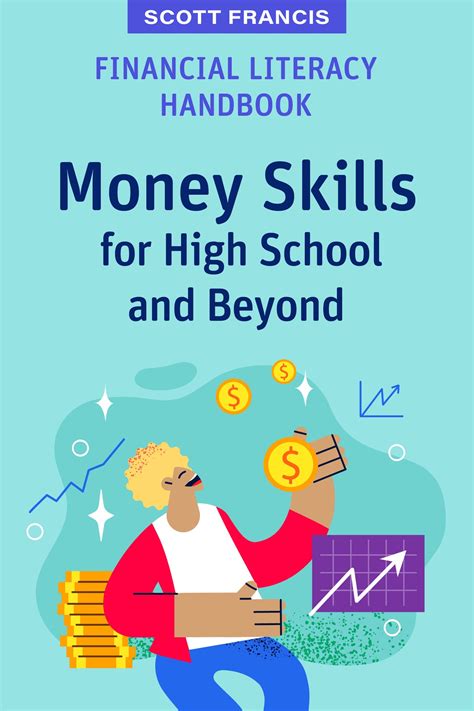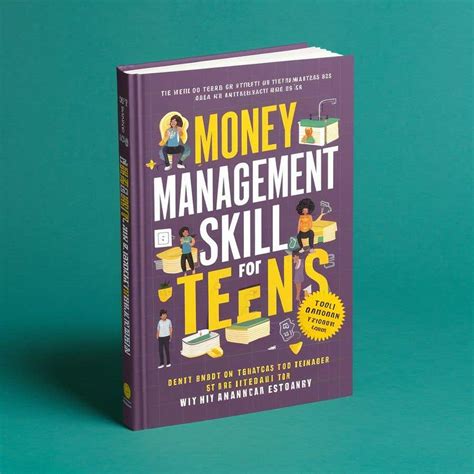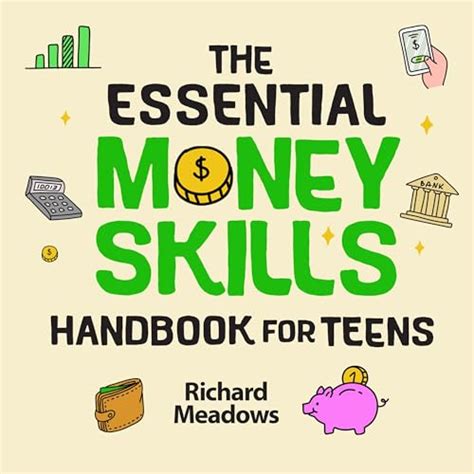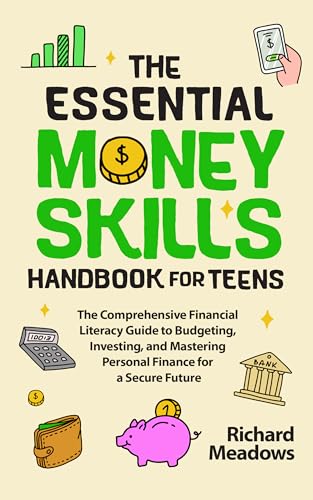Media literacy has become an essential skill in the digital age, particularly within online learning environments where students are constantly navigating a vast array of information sources. Understanding how to critically evaluate, analyze, and create media content is crucial for academic success and informed decision-making. However, the journey to mastering media literacy is often hindered by technological barriers, including limited access to digital tools, inadequate technical skills, and the overwhelming nature of the digital landscape. This article explores the importance of media literacy in online learning, examines the challenges posed by technology, and offers practical strategies and resources to overcome these barriers, ensuring that learners are well-equipped for the demands of the modern digital world.
hotigames.com will lead a thorough examination of this topic.
1. Introduction to Media Literacy
Media literacy is the ability to engage critically with media in all its forms – from accessing and analyzing to evaluating and creating. In our information-saturated world, media literacy is no longer a luxury but a crucial skill for navigating the digital landscape. It empowers individuals to discern truth from fiction, understand how media shapes our perceptions and opinions, and participate effectively in public discourse. This skill is especially important in online learning, where students are constantly encountering a diverse array of digital content on various platforms.
The rise of online education has heightened the need for students to possess strong media literacy skills. The ability to discern credible sources from misinformation, recognize bias, and critically engage with content is paramount in today’s digital landscape. Media literacy empowers learners to make informed decisions, contribute meaningfully to discussions, and create content reflecting a comprehensive understanding of their subject matter. However, mastering these skills can be challenging, especially in the face of technological barriers. Limited access to resources, varying levels of digital proficiency, and the constantly evolving nature of media can impede students’ progress in developing these crucial skills. Therefore, cultivating media literacy within online learning environments is essential to prepare students for the complexities of the modern world.

2. Importance of Media Literacy in Online Learning
In the realm of online learning, where students encounter a deluge of information and digital content, media literacy emerges as a vital skill. With the rapid spread of misinformation and prevalent digital manipulation, the capacity to critically assess and interpret media is paramount for academic achievement and responsible citizenship. Online learners, often pursuing their studies independently, heavily depend on their ability to identify trustworthy sources, recognize biases, and comprehend the underlying intentions of diverse media messages.
Furthermore, media literacy provides students with the skills necessary to interact with content in a meaningful way. This fosters a deeper understanding of complex issues and encourages informed participation in discussions. Moreover, it empowers students to create their own content responsibly, ensuring that their contributions to the digital space are thoughtful and well-informed.
In online learning environments, where interaction primarily takes place through digital platforms, media literacy is crucial. It empowers students to collaborate effectively, communicate clearly, and fully utilize digital tools. By cultivating strong media literacy skills, learners become better equipped to excel in their studies and contribute positively to the broader digital landscape, both academically and socially.

3. Technological Barriers to Media Literacy
Although media literacy is crucial for successful online learning, several technological barriers impede its progress. One major obstacle is the uneven access to digital tools and resources. Students from disadvantaged backgrounds may lack reliable internet access, modern devices, or the software required for full engagement with online materials. This digital disparity intensifies existing educational inequalities, leaving some learners behind in their development of essential media literacy skills.
Another barrier is the disparity in students’ digital skills. Some students are highly proficient in using technology, while others struggle with basic digital tasks. This gap makes it difficult for all students to effectively analyze and evaluate media. Furthermore, the rapid pace of technological advancements demands constant learning for both students and educators to stay current with new platforms and tools.
The abundance of information online can be daunting, making it hard to distinguish trustworthy sources from unreliable ones. Without proper support and resources, students may struggle to sift through the vast amount of information, potentially leading to misinformation or shallow understanding. Addressing these technological challenges is crucial to cultivating strong media literacy skills within online learning settings.

4. Strategies for Enhancing Media Literacy Skills
Boosting media literacy in online learning demands a comprehensive strategy that tackles both technological hurdles and educational requirements. A potent approach involves weaving media literacy into the curriculum across diverse subjects. By incorporating media analysis and critical thinking activities into assignments and discussions, educators empower students to cultivate these skills within relevant contexts, enhancing their applicability and practical value.
Another key strategy is to provide access to digital literacy workshops or tutorials. These sessions can equip students with the technical skills needed to confidently and critically navigate digital platforms. They can also cover crucial topics such as identifying credible sources, understanding digital ethics, and recognizing media bias.
Collaborative projects empower students to deepen their media literacy by working together to analyze, create, and critique media. This collaborative process not only cultivates critical thinking skills but also provides a platform for students to learn from each other’s diverse perspectives and approaches.
Educators can also utilize digital tools tailored to promoting media literacy. These tools often feature interactive modules, fact-checking resources, and content creation platforms that empower students to practice and apply their media literacy skills.
Through the implementation of these strategies, educators can cultivate a more inclusive and effective online learning environment, empowering all students to become media-literate citizens.
5. Tools and Resources for Media Literacy Education
Supporting media literacy education in online learning environments is made possible by a range of tools and resources. Digital platforms, such as Google Scholar and FactCheck.org, provide students with reliable sources for research and fact-checking, empowering them to assess the credibility of information. Educational websites like Common Sense Education and MediaSmarts offer comprehensive lesson plans, interactive modules, and tailored guides designed to teach media literacy skills.
Students can develop hands-on experience with digital storytelling and visual communication through content creation tools like Canva and Adobe Spark. These tools empower students to design and produce media projects. Furthermore, social media simulators and analysis tools provide insights into how social media shapes public opinion and influences information dissemination.
These resources, when integrated with teacher-led instruction, create a strong foundation for fostering media literacy. By leveraging these tools, educators can design engaging, hands-on learning experiences that empower students with the necessary skills to critically analyze and engage with the digital landscape.
6. Case Studies: Successful Media Literacy Integration
Successful integration of media literacy into online learning environments is demonstrated by several case studies. For example, a middle school in New York incorporated media literacy into its social studies and language arts classes. Students learned to identify bias, distinguish between reliable and unreliable sources, and engage in thoughtful discussions by critically analyzing news articles and social media posts. This approach not only improved their media literacy but also enhanced their critical thinking and writing abilities.
A university course on digital media provides another illustration. Students in this course employed platforms like Twitter and blogs to generate content, simultaneously examining the ethical ramifications of their posts. This practical approach enabled students to directly experience the consequences of media creation, thus fostering a more profound comprehension of digital ethics and the responsibilities inherent in media production.
These case studies demonstrate the effectiveness of integrating media literacy into diverse educational settings through intentional curriculum design and interactive tools. This approach cultivates more informed and critically engaged students.
7. Future Trends in Media Literacy and Online Learning
The evolution of online learning is paving the way for several trends that will likely shape the future of media literacy education. One prominent trend is the growing integration of artificial intelligence (AI) and machine learning into educational tools. These technologies have the potential to personalize learning experiences, providing tailored feedback on students’ media analysis and content creation skills. Furthermore, AI-powered platforms may assist educators in identifying and addressing specific media literacy gaps among students, ultimately enhancing the effectiveness of instruction.
Another trend is the increasing focus on digital ethics and responsible media use. With concerns like misinformation and digital privacy rising, educational programs are expected to integrate more thorough training on ethical media practices, covering topics such as data protection and the responsible dissemination of information.
Interactive and immersive technologies, like virtual and augmented reality, are poised to revolutionize media literacy education. By creating simulated environments, these tools empower students to practice critical media analysis and content creation in realistic scenarios. This immersive experience fosters deeper engagement and a more thorough understanding of the subject matter.
Moreover, the proliferation of global collaboration tools will empower students from diverse backgrounds to collaborate on media literacy projects. This will expand their perspectives and strengthen their capacity to critically analyze a wide array of media sources.
The trends point towards a dynamic future for media literacy within online learning. This future will be marked by the integration of advanced technology, heightened ethical awareness, and the fostering of global connectivity.
In conclusion, mastering media literacy is essential for success in online learning environments, where the ability to critically engage with diverse media sources is paramount. Despite the challenges posed by technological barriers, strategic approaches and the use of targeted tools can significantly enhance students’ media literacy skills. As educational trends evolve, incorporating advanced technologies and emphasizing ethical media practices will further support learners in navigating the digital landscape. By fostering robust media literacy skills, educators prepare students to make informed decisions, contribute thoughtfully to digital discourse, and thrive in an increasingly complex world.
hotigames.com
